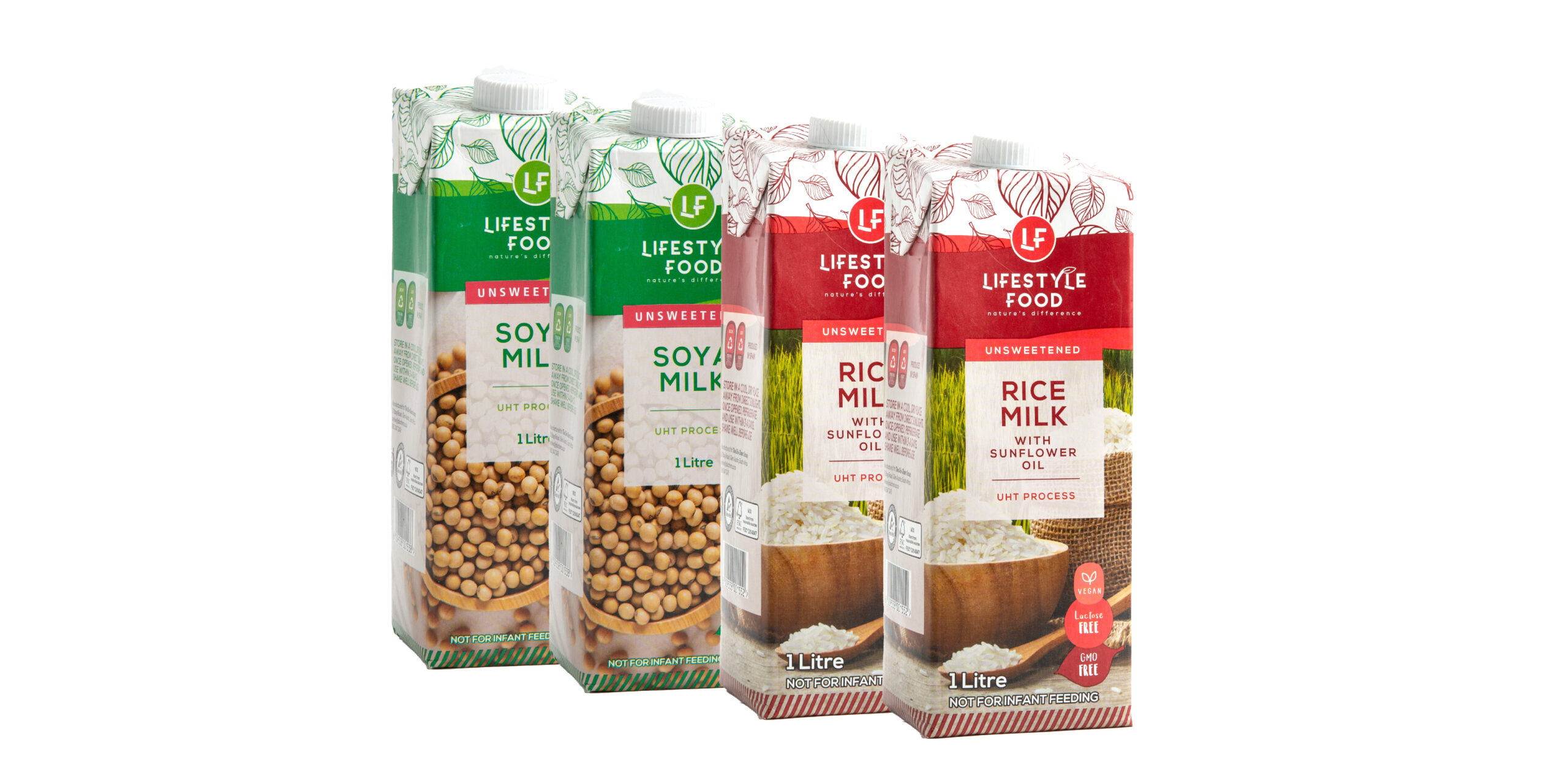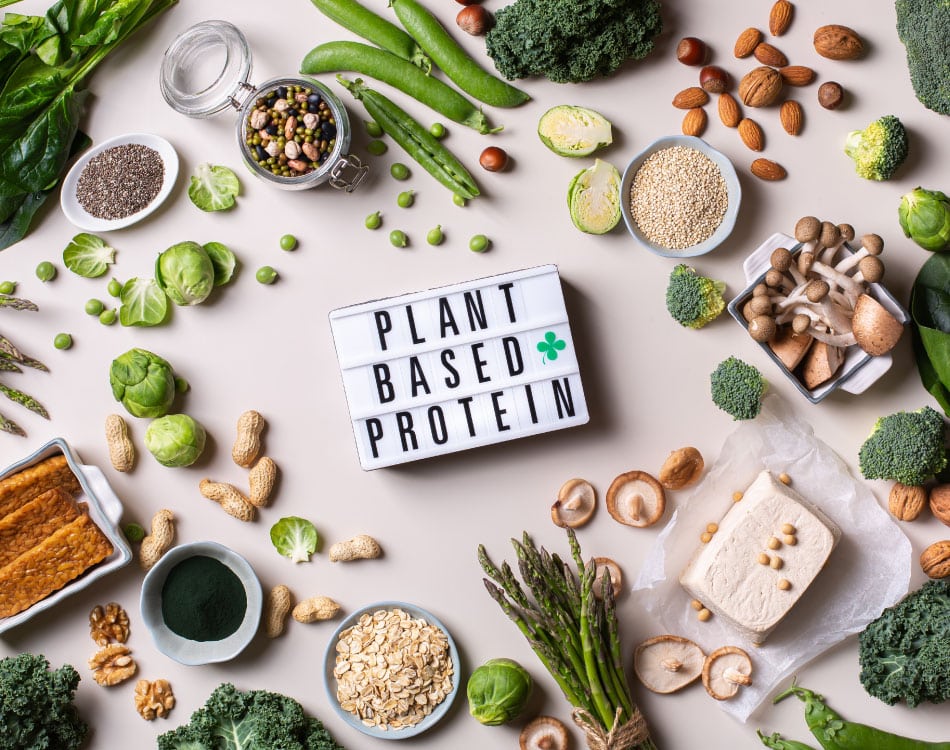Food intolerances have become more common in recent years, which has fuelled a growing range of ‘free-from’ health foods.
A food intolerance generally refers to an adverse reaction to food caused by an inability or difficulty in digesting or metabolising a particular food or ingredient, rather than an immune response, as is the case with a food allergy.
READ MORE | Going gluten-free made easier
Intolerable eating

- Dark circles under your eyes
- Nervousness and tremors
- Sweating
- Palpitations
- Rapid breathing
- Headaches and migraines
- Burning sensations on the skin
- Tightness across the face and chest
- Breathing problems – asthma-like symptoms
- Allergy-like reactions
The reactions can be delayed by up to 48 hours or more, and the effects can be cumulative. Although not life-threatening, the effects can have a major impact on your health.
The more common culprits in this regard are gluten, which is found in wheat, oats, barley and rye, yeast, lactose in dairy, as well as dairy-derived casein, eggs, nightshade plants (tomatoes, potatoes, eggplant, bell peppers and goji berries), alcohol, and foods high in fructose such as high-fructose corn syrup, raisins, honey, and agave nectar.
Common causes of food intolerances include:
- Absence of an enzyme needed to fully digest a food: A lack of the lactase enzyme is typically associated with lactose intolerance.
- Irritable bowel syndrome (IBS): This chronic condition may cause cramping, constipation and diarrhoea.
- Food additive sensitivity: Sulphites used to preserve dried fruit, canned goods and wine can trigger reactions in sensitive individuals.
- Celiac disease: This chronic digestive condition is triggered by eating gluten While this condition includes an immune response, symptoms are mostly gastrointestinal and sufferers are generally not at risk of anaphylaxis.
READ MORE | Do you have a food intolerance?
Free-from foods to the rescue
But thanks to innovative food manufacturing, those who suffer from common food intolerances now have a world of options from ranges such as Dis-Chem’s Lifestyle Food brand.
Free-from foods are simply foods made without specific ingredients like gluten, dairy or nuts, as examples. These omissions make the product suitable for those who suffer from intolerances and need to avoid certain food components.
Common examples of free-from products include gluten-free bread and oats, lactose-free milk and foodstuffs manufactured in nut-free environments.
Alternative products that replace common allergens also fall within the free-from food category as they offer a suitable option to consumers.
These can include alternatives to dairy milk, such as Lifestyle Food Soya, Oat, Rice or Almond milks or base ingredients like coconut or almond flour to replace the traditional options made from various grains.
For example, Lifestyle Food Almond Flour is a popular alternative to wheat flour for baking among health-conscious individuals or those with wheat or gluten food allergies or intolerances (almond flour is grain-free and gluten-free). Of course, it’s not suitable for anyone with nut allergies!
READ MORE | The rise and rise of milk alternatives
More reasons to go free-from
But these free-from products are not just for those who suffer from food intolerances.
They’re also beneficial for anyone who wants to follow a better diet for the health benefits by avoiding specific ingredients like refined grains or sugars.
And they’re perfect to meet food preferences related to environmental sustainability, with alternatives available to those who prefer not to support dairy farming. The burgeoning free-from foods category really offers something for everyone!
READ MORE | 5 reasons to choose plant milk
















